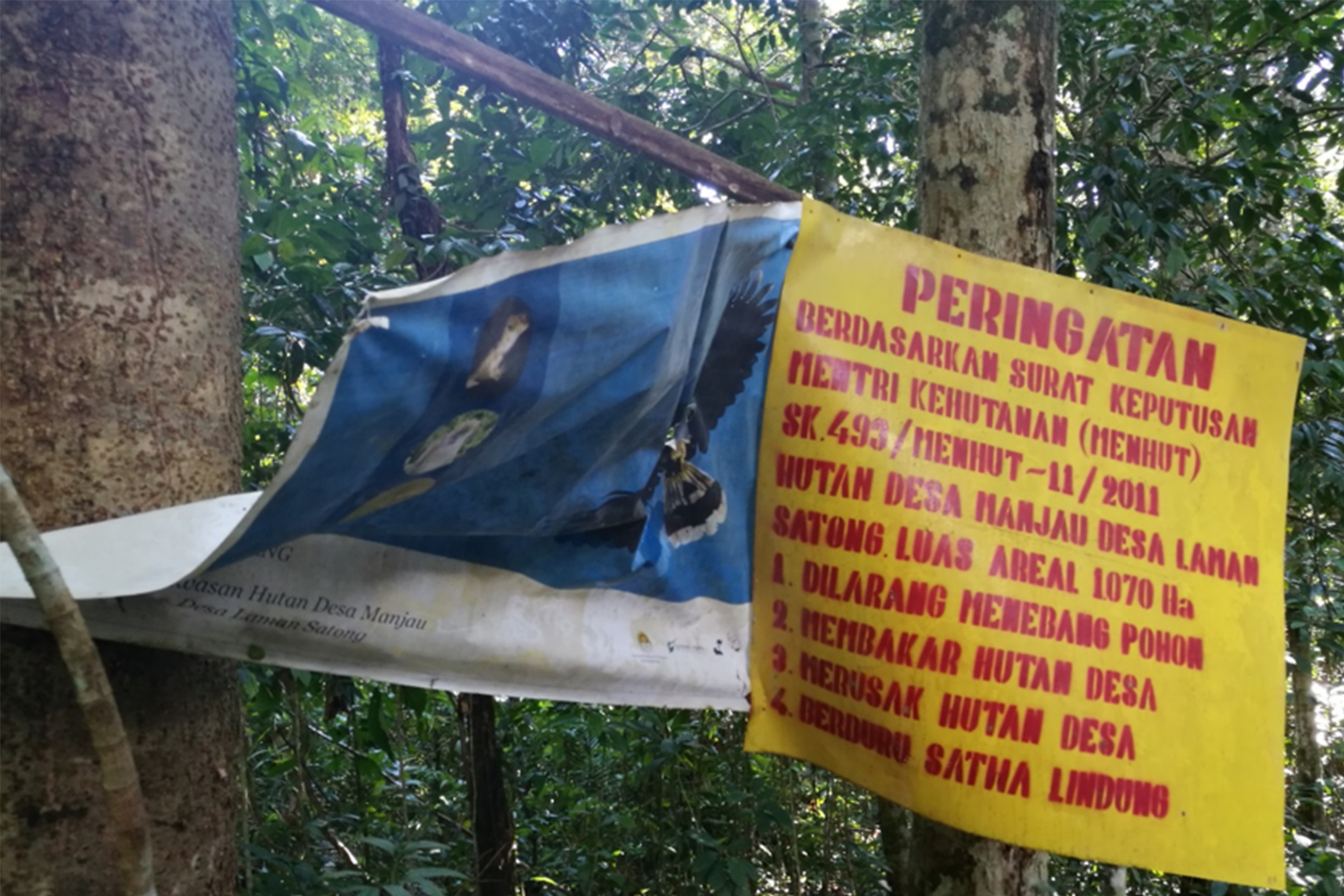As part of MEPS research, we are collating spatial data on environmental and social information vital to allocating and monitoring community forest schemes in Indonesia. It is these data that our assessments of hutan desa in Kalimantan and Sumatra are based.
Please wait for the interactive map below to load. This displays the main data used and will be updated as the project progresses. Use the drop-down menus to add layers to the base map for Borneo. The data sources for each of these layers can be found below.
Data sources:
Forest cover 2016 & Deforestation 2011-2016:
Shows areas of natural forest cover in Kalimantan for the year 2016. From the Global Forest Change website (http://earthenginepartners.appspot.com/science-2013-global-forest/download_v1.4.html). Results from time-series analysis of Landsat images in characterizing global forest extent and change from 2000 through 2016. For additional information about these results, please see the associated journal article Hansen et al. 2013):
- Hansen M et al. (2013). High-resolution global maps of 21st-century forest cover change. Science, 342(6160), pp.850–853.
Kalimantan peatland:
Shows peatland areas in Kalimantan according to spatial boundaries in Margono et al. (2014):
Community forestry performance (forest cover change):
Shows the deforestation over 5 years in potential and approved community forestry areas (see PIAPS maps available from the Indonesian government since February 2016). Results are categorised as low, medium or high relative to environmentally similar areas of Kalimantan. Analyses were undertaken using spatial matching statistical techniques based on the GFC forest data above, and are reported in Santika et al. (2017):
- Santika T et al. (2017). Community forest management in Indonesia: Avoided deforestation in the context of anthropogenic and climate complexities. Global Environmental Change: human and policy dimensions, 46, pp.60–71
Community forestry performance (forest cover change):
Shows change in poverty status between 2008 and 2014 census points in the Indonesian government potensi desa (PODES) dataset. Results are summarised as reduced, improved or no change in poverty relative to environmentally similar areas of Kalimantan. Analyses were undertaken using spatial matching statistical techniques, and are reported in Santika et al. (2018):
- Santika et al. (2019) Heterogeneous impacts of community forestry on forest conservation and poverty alleviation: Evidence from Indonesia. People and Nature, 1, 204-219
